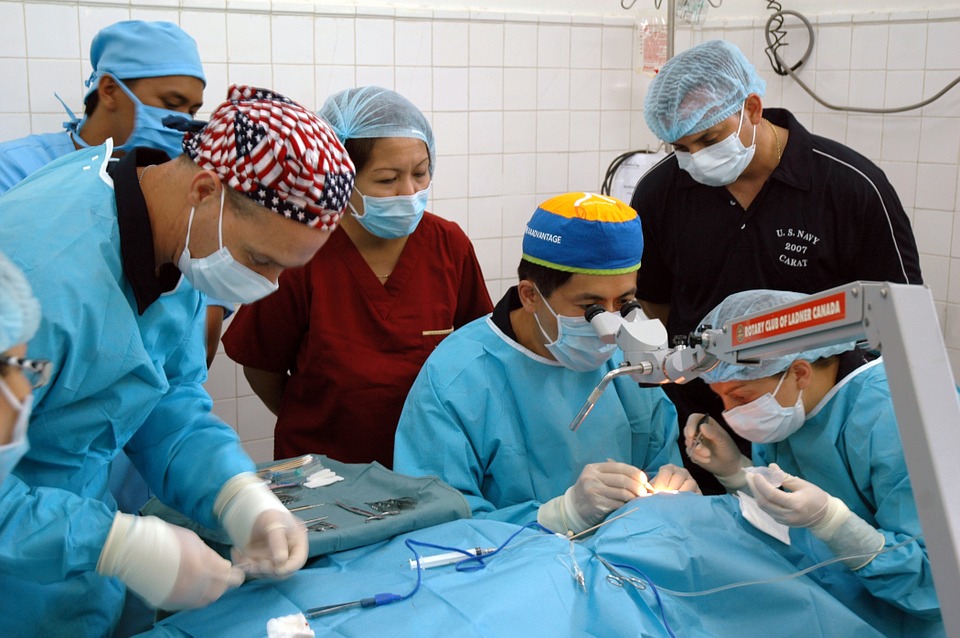Beginner’s Guide To Non-Invasive Back Surgery

The idea of non-invasive back surgery may seem inherently contradictory. Most wonder how a surgical procedure truly be noninvasive? Isn’t the nature of surgery that it is inherently intrusive? While this may have been true in years past, recent advancements in medical technology have revolutionized many back procedures, allowing some surgery to be completed on an outpatient basis without even requiring general anesthesia. While they may not be considered entirely non-invasive in the truest sense, they’re as minimally invasive as you can imagine. How is this possible?
Beginner’s guide to non-invasive back surgery
The history of invasive surgery
Historically, if an individual was suffering from chronic back pain, and all conservative, nonsurgical treatments failed to deliver the results that they required, the only real avenue that remained was an open spine surgery, such as spinal fusion. During this operation, the patient would be admitted to the hospital, sedated, and a large incision would need to be made to provide the surgeon with room to operate.

The problem with this approach is that while it can be effective in the long-term, it also is major surgery, which requires lengthy recovery and rehabilitation for the patient to regain full strength. What’s more, as is the case with any highly intrusive surgery, the patient must balance the potential risks for post-operative complications versus the discomfort caused by their condition.
Non-invasive back surgery
On the other hand, non invasive back surgery, or at least minimally invasive surgery, has grown exceedingly popular in recent years because it mitigates many of these risks because of the nature of the procedure. Rather than requiring a large incision to be made and the muscles that support the back to be cut, surgical instrumentation is inserted for access to the spine through a very small incision in the back – usually less than an inch long. A series of telescoping tubes is carefully threaded into the incision, and soft tissue is pushed aside, rather than cut, which greatly limits collateral damage to the muscles, ligaments, and other tissue in the area.
How non-invasive surgery works
In many ways, this type of surgery is very similar to arthroscopic knee surgery, which has been widely used for years. Various surgical hardware, including a laser, camera, suction, and other tools are carefully inserted through the tubes, allowing the surgeon to make the necessary fix in the spinal canal, whether it be removing degenerated disc materials, bone spurs, inserting stabilization hardware, or anything else.

Then, when the procedure is completed, the patient normally can expect several weeks of light rehabilitation, and almost always is released home the same day as the procedure itself.


